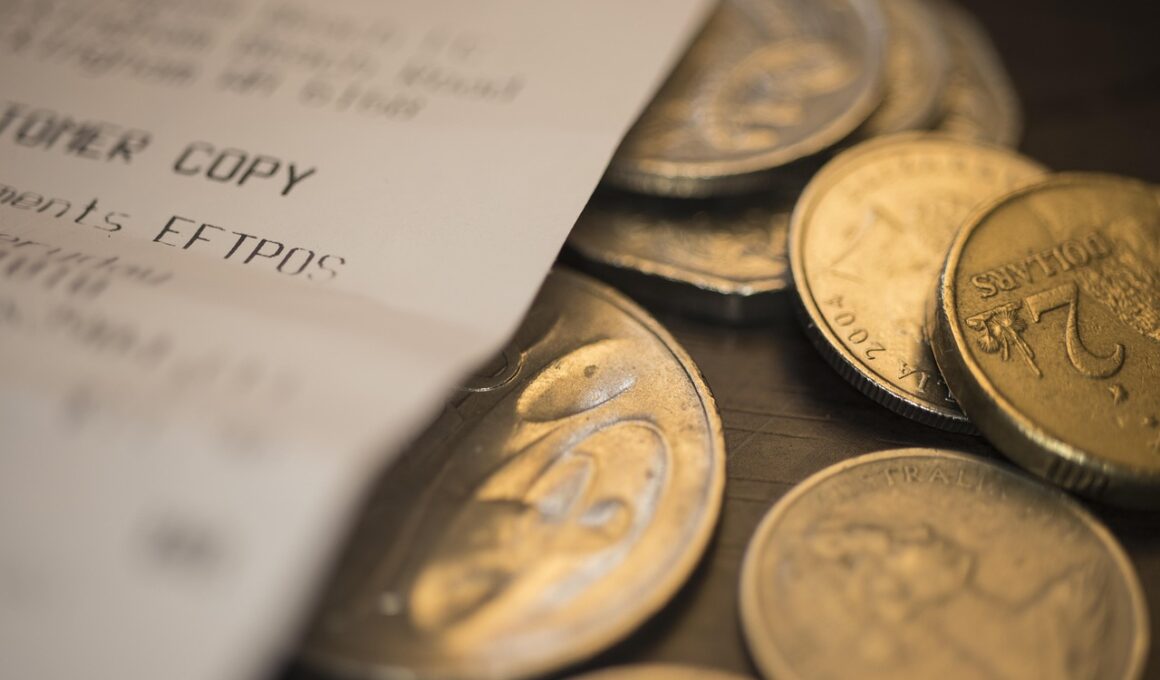Digital vs. Cash: Modern Approaches to Envelope Budgeting
Envelope budgeting is a technique many people find useful for managing their finances. Traditionally, this method involves cash, where each expense category has a corresponding envelope containing cash allocated for that purpose. The idea is to limit spending, making it easier to stick to a budget. However, with advancements in technology, the budgeting landscape has changed. Today, individuals have access to various digital tools that can replicate the envelope budgeting system without relying solely on cash. Digital envelope budgeting allows users to allocate funds into virtual envelopes through budgeting apps, providing a means to keep track of spending effortlessly.
Many budgeting apps enable users to categorize their expenses, visually mirroring the envelope system. Some popular digital apps include You Need a Budget (YNAB), GoodBudget, or Mint. Through these applications, every dollar can be assigned a specific purpose, akin to cash envelopes. Furthermore, tracking spending becomes remarkably simple. The app automatically updates as transactions occur, helping users stay aware of their financial situation and avoid overspending. By embracing digital methods, budgeting becomes far more convenient, especially in a cashless economy, where most purchases occur on credit or debit cards, making it essential to develop this budget awareness to avoid common pitfalls.
The Benefits of Digital Envelope Budgeting
Digital budgeting offers numerous benefits that enhance the traditional envelope method. One significant advantage is accessibility. Users can access their budgets anytime, anywhere, as long as they have a smartphone or computer. This flexibility enables users to adjust spending as necessary while staying aligned with their goals. Additionally, many apps come with built-in analytics and reports to provide users with insights into their spending habits. This feature can reveal surprising trends and help identify areas where savings can be achieved. Such self-awareness can lead to better financial decision-making over time.
Another aspect where digital budgeting shines is in its ability to sync with bank accounts. Automatic updates may help users better track financial activities without manually entering every transaction. This efficiency allows for real-time tracking, ensuring that users always remain aware of their budgets. For those who fear losing cash, going digital safeguards funds in a secure environment backed up by encryption. Digital platforms reduce the fear of theft or loss, ideas crucial in today’s world, where cash transactions have become less common due to the rise of digital wallets and online banking services.
Challenges of Embracing Digital Budgeting
Although digital envelope budgeting offers many advantages, it is not devoid of challenges. One of the primary concerns revolves around technology dependence. For those who struggle with technology, using budgeting apps can feel overwhelming. They may find themselves needing extra guidance or even personal finance education before becoming proficient. Additionally, there might be a temptation to avoid tracking physical cash spent outside your digital tracking, leading to potential overspending. Moreover, subscription fees for some apps might deter users, especially if they are keen on keeping their expenses low on all fronts.
Furthermore, the potential for technical glitches exists; losing an internet connection or app malfunctions could interrupt the budgeting process. Some users may also find that a lack of tangible cash can lead to less mindful spending, as handing over cash creates a more intentional decision to part with funds. Therefore, individuals must remain committed to their budgeting goals and stay vigilant about tracking their expenses consistently across both cash and digital expenditures. Striking a balance between cash spending and digital management ensures that one does not lose touch with their financial reality, balancing convenience and control.
Tips for Success in Digital Envelope Budgeting
To make the most of digital envelope budgeting, implement effective strategies. First, begin by selecting an app that aligns with your preferences—features such as syncing, customization, and user interface should be key considerations. Setting clear financial goals is essential, as these will guide your spending and help maintain focus. Regularly reviewing and adjusting your budget can yield better results, as financial situations and needs evolve over time. Staying consistent with entries and monitoring expenses is crucial, ensuring that you generate a comprehensive picture of your finances at any given time.
Additionally, consider allocating a portion of your income each month to savings. Establishing an ‘envelope’ for savings can further support long-term financial goals. Lastly, never hesitate to seek assistance when challenges arise. Group forums, blogs, and online communities provide insights from others successfully navigating their budgeting journeys, creating a helpful resource for motivation and accountability.


